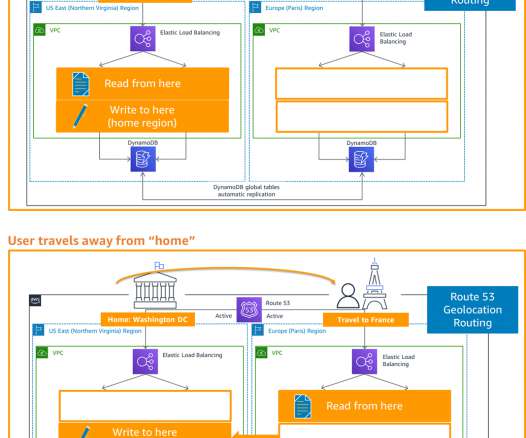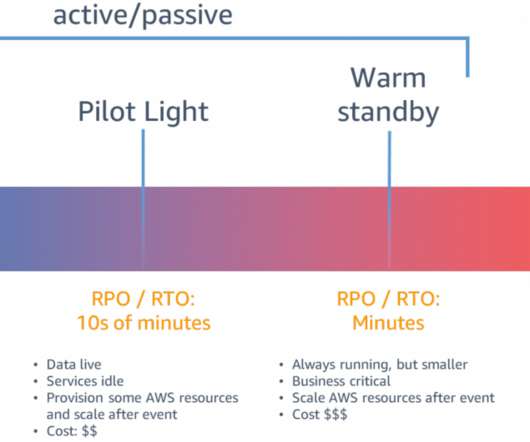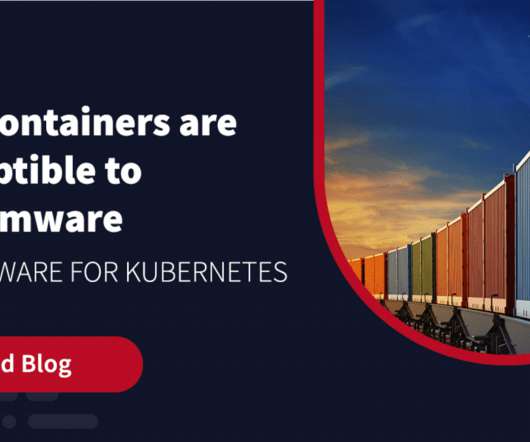Disaster Recovery (DR) Architecture on AWS, Part IV: Multi-site Active/Active
AWS Disaster Recovery
JUNE 23, 2021
Consider using a write partitioned pattern to mitigate this. With a multi-Region active/active strategy, if your workload cannot operate in a Region, failover will route traffic away from the impacted Region to healthy Region(s). Alternatively, you can use AWS Global Accelerator for routing and failover. It does not rely on DNS.











Let's personalize your content